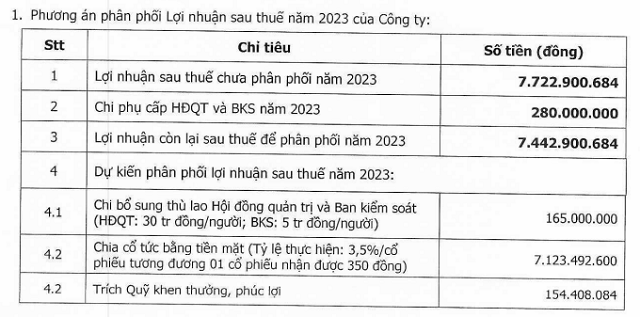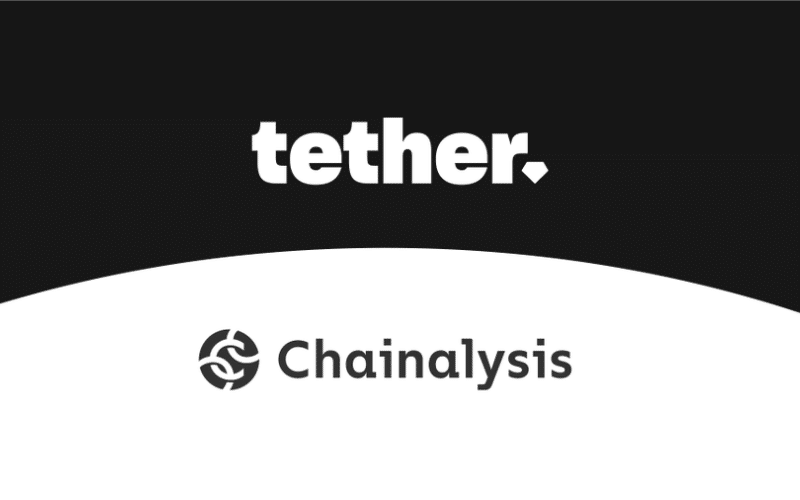Vietnam Association of Seafood Exporters and Producers (VASEP) has recently sent a document to Prime Minister Pham Minh Chinh and relevant ministries and agencies, pointing out the disadvantages in seafood exports to South Korea, mainly shrimp. At the same time, they recommend that functional agencies initiate consultations with the Korean side to remove the current quota for shrimp from Vietnam.
According to VASEP, 2024 marks the 10th year of implementing the Vietnam-Korea Free Trade Agreement (VKFTA). However, according to the commitment, there are still 7 product lines imported from Vietnam to Korea that are only eligible for tariff preferences under the quota (currently 15,000 tons/year).
Imported product volume exceeding the quota will be subject to a base tax rate of 20%.
According to South Korea’s import statistics (kita.org), the total import volume of the 7 product lines from Vietnam to South Korea in the period 2016-2023 fluctuated between 22,500 – 36,300 tons.
In particular, for key shrimp products, in the period 2016-2023, 34 – 48% of output was subject to a 20% tax rate.
“This has discouraged importers from increasing their purchases of Vietnamese shrimp to meet the growing demand in South Korea. Instead, they are considering buying more shrimp from other countries (such as Peru) with a tax rate of only 0%” – VASEP is concerned.

Vietnamese shrimp is at risk of losing market share in South Korea
VASEP further informed that according to Vietnam’s import tax schedule in 2024, the entire seafood product line imported from South Korea to Vietnam has been set at 0%. Thus, Vietnam has fully opened its doors to South Korean seafood, but in return, Vietnam is still subject to shrimp export quotas.
“In this context, considering the proposal for South Korea to remove the tariff quota mechanism for frozen shrimp from Vietnam under the VKFTA is very urgent to protect the market share and long-term interests of Vietnamese shrimp in this market” – VASEP emphasized.
Doxycycline index is too strict in Japan
Japan is the third largest market for Vietnamese seafood, but businesses are facing problems with the Doxycycline antibiotic index. This is a substance that is not banned in Vietnam and other countries. However, the maximum residue limit (MRL) set by the Japanese market is 10 ppb while the EU, China, and New Zealand have increased this index to 100 ppb.








































